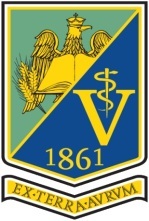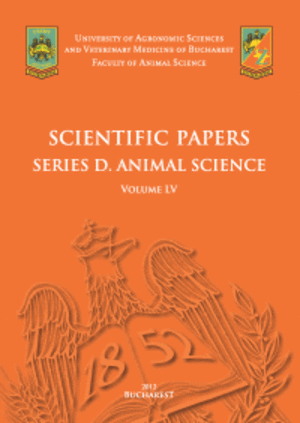Published in Scientific Works. Series C. Veterinary Medicine, Vol. LXXI, Issue 1
Written by Mihaela-Felicia SITARU, Dragos BIRTOIU, Manuella MILITARU
Bovine respiratory disease (BRD) is a leading cause of morbidity and mortality in cattle worldwide, significantly affecting both beef and dairy production systems. This article explores the epidemiology, risk factors, and management strategies linked to BRD. It emphasises the multifactorial nature of the disease, with key contributions from infectious agents like Mannheimia haemolytica, Pasteurella multocida, and viral pathogens, including infectious bovine rhinotracheitis (IBR). Environmental and management factors such as poor ventilation, high animal density, and stress during transport or weaning further increase the disease’s incidence and complicate prevention efforts. The study shows that calves aged 2 to 4 months are most vulnerable, particularly during the post-weaning phase when immune defence is weakened, making them more susceptible to infection. Early detection through clinical observation and advanced diagnostic tools is essential, alongside preventive measures like vaccination, proper colostrum management, and stress reduction. The article highlights the significant economic impact of BRD, including slower growth, reduced productivity and higher veterinary costs, and advocates for integrated approaches that combine management, diagnostics, and vaccination to control the disease effectively and reduce long-term losses.
[Read full article] [Citation]



